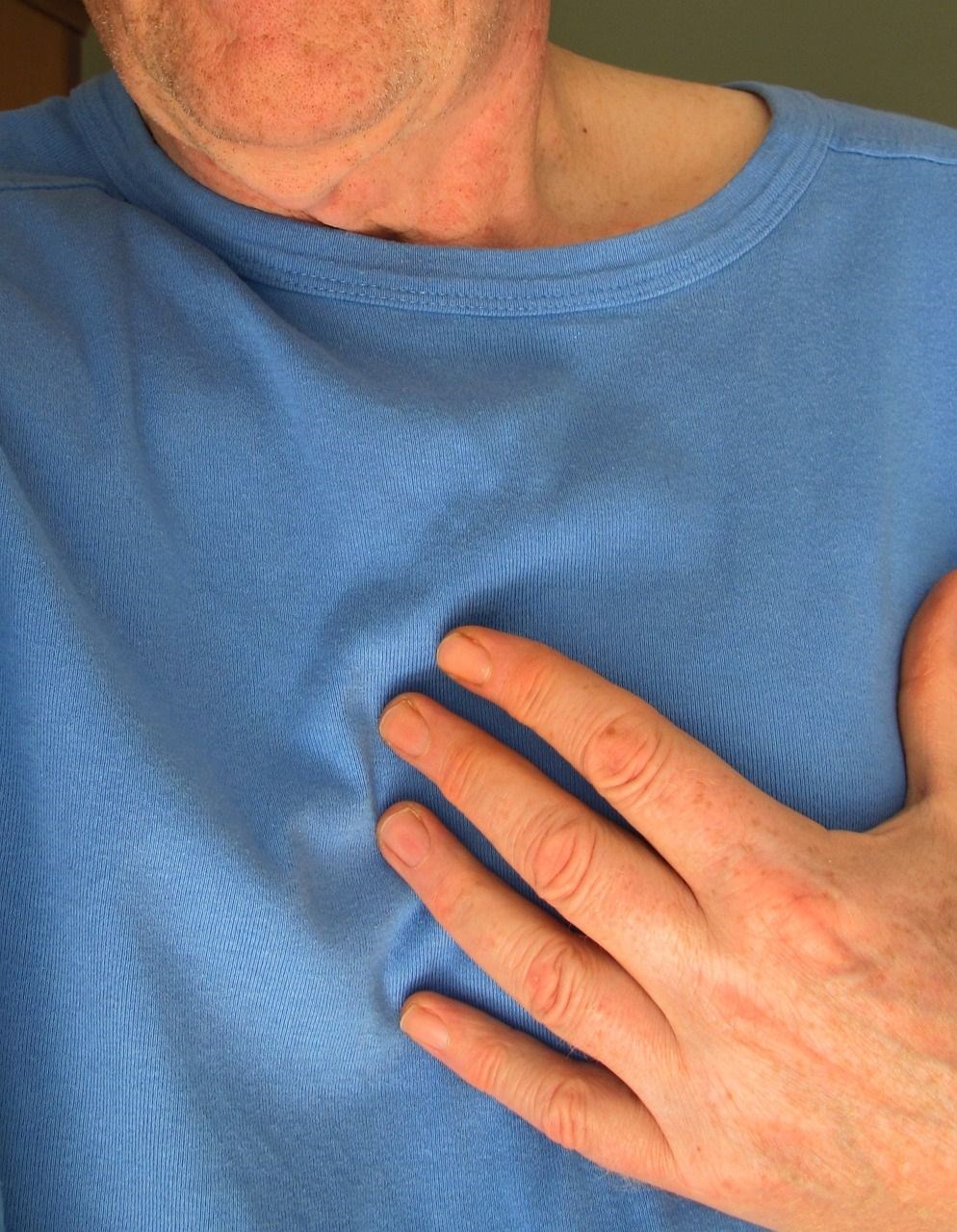

The aorta is the largest artery that carries oxygen-rich blood from the heart to the rest of the body. Originating from the left ventricle, it traverses from the chest cavity down into the abdomen, branching into smaller arteries along the way to supply organs and tissues with essential nutrients.

An aortic rupture, or dissection, occurs when there is a tear in the inner layer of the aortic wall. This allows blood to stream between the layers of the vessel wall, leading to a potentially fatal condition. It often presents with sudden, intense pain in the chest or back.

Chronic Hypertension:
Prolonged high blood pressure exerts excessive force on the aortic walls, potentially weakening them over time.

Genetic Connective Tissue Disorders:
Conditions like Marfan syndrome and Ehlers-Danlos syndrome compromise the structural integrity and elasticity of the aortic wall.
Atherosclerosis:
The accumulation of plaques within the arterial wall can erode the vessel’s strength, making it more susceptible to rupture.
Traumatic Injury:
Severe trauma, such as that from a motor vehicle accident, can directly damage the aorta.
Aortic Aneurysm:
A dilated area of the aorta resembling a balloon can become a weak point, prone to rupture.
Congenital Heart Anomalies:
Structural heart defects, including a bicuspid aortic valve, can elevate the risk of aortic dissection.

Sudden Intense Physical Strain or Emotional Stress:
Activities involving heavy lifting, extreme sports, or acute emotional distress might trigger an aortic tear.

ENGLİSH
5 gün önceSİGORTA
5 gün önceSİGORTA
5 gün önceSİGORTA
8 gün önceSİGORTA
10 gün önceSİGORTA
10 gün önceDÜNYA
19 gün önce 1
Elon Musk’s Father: “Admiring Putin is Only Natural”
11563 kez okundu
1
Elon Musk’s Father: “Admiring Putin is Only Natural”
11563 kez okundu
 2
xAI’s Grok Chatbot Introduces Memory Feature to Rival ChatGPT and Google Gemini
10596 kez okundu
2
xAI’s Grok Chatbot Introduces Memory Feature to Rival ChatGPT and Google Gemini
10596 kez okundu
 3
Minnesota’s Proposed Lifeline Auto Insurance Program
9478 kez okundu
3
Minnesota’s Proposed Lifeline Auto Insurance Program
9478 kez okundu
 4
Introducing Vivo Y300 Pro+: A Blend of Power and Affordability
7416 kez okundu
4
Introducing Vivo Y300 Pro+: A Blend of Power and Affordability
7416 kez okundu
 5
What’s New in iOS 19: Updates and Compatibility
6098 kez okundu
5
What’s New in iOS 19: Updates and Compatibility
6098 kez okundu
Veri politikasındaki amaçlarla sınırlı ve mevzuata uygun şekilde çerez konumlandırmaktayız. Detaylar için veri politikamızı inceleyebilirsiniz.